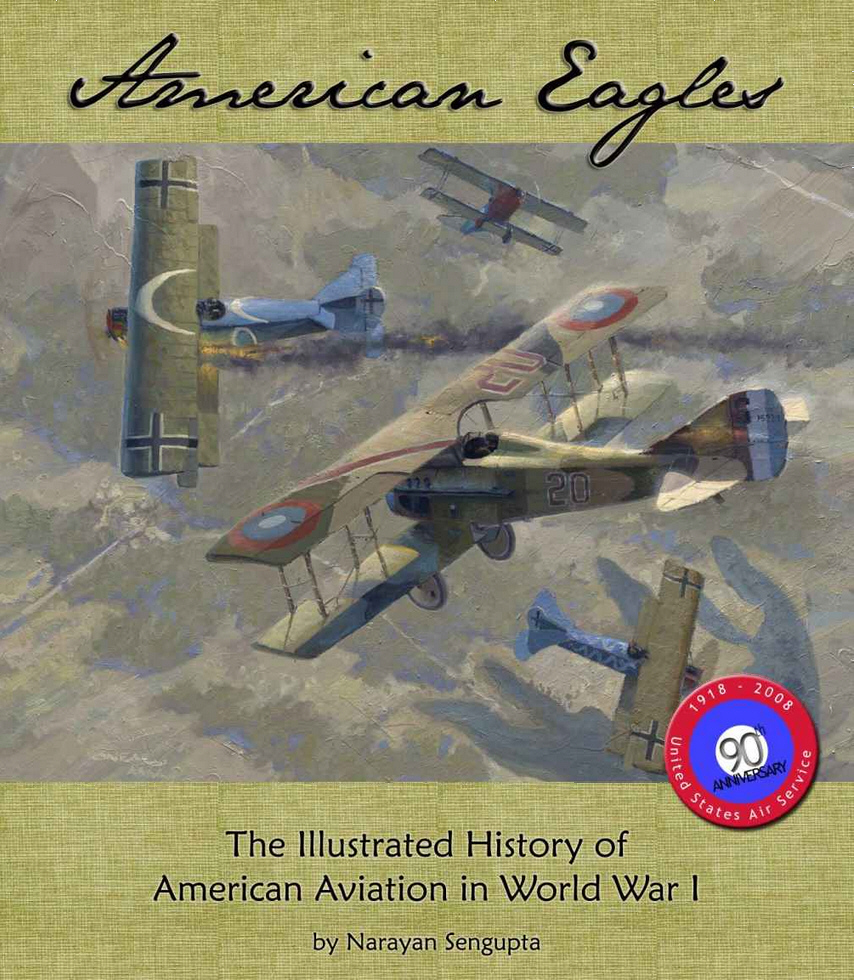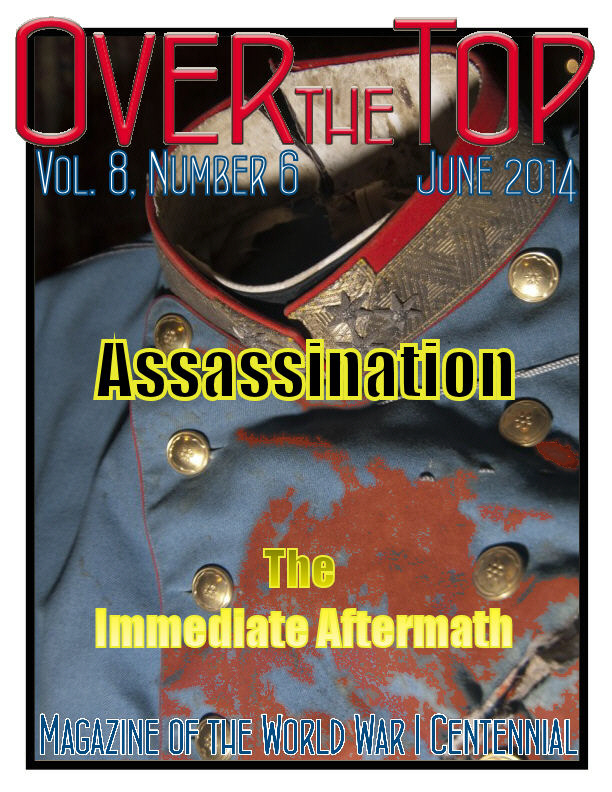
June 2014 |
 |
|


Report from the Western Front
Readers might remember that I was in Belgium and France last month leading the first of my Centennial battlefield tours. This one focused on the collisions resulting from the concurrent executions of the Schlieffen Plan and Plan XVII. These trips really shed new light on aspects of the war, aspects which I've read about but which somehow always seem different when I visit the historic sites. I'll be writing about some of these perspectives in my various publications, but let me share two observations with you here.
1. After visiting the sites of the Battle of Charleroi along the Sambre and Meuse Rivers, I've concluded that despite the shortcomings of the German strategy (I've been very critical of the Schlieffen Plan in the past) the German Army barely missed the opportunity for a "first round knockout" of Joffre's armies when (had they realized it) they had the chance to concentrate three armies — 1st, 2nd, and 3rd — against the French 5th Army on 22 and 23 August 1914.
2. The advance of the French 4th Army into the Ardennes at this same time was fatally flawed and doomed to the disaster that befell it. The offensive was echeloned to the left, meaning (moving left to right) divisions on the right were progressively staggered to the rear, sometimes by several miles, of the formations to their left. Almost systematically, the advancing French units found their right (and sometimes both) flanks exposed, and, if their support on the right was held up at all, they were susceptible to being isolated and annihilated in detail. Next month, we will include a case study in the Trip-Wire on the annihilation of the 33rd French Division D'Infanterie on the Bertrix-Ouchamps Road, 22 August 1914.
MH

|
2014
 Distinguished Lecture Series, Houston Museum of Natural Science: "Battleship USS Texas and Her Commanders" Presented by Dr. Jim Thomas, 6:30 pm, 3 June 2014, HMNS, 5555 Hermann Park Dr., Houston, TX 77030. Distinguished Lecture Series, Houston Museum of Natural Science: "Battleship USS Texas and Her Commanders" Presented by Dr. Jim Thomas, 6:30 pm, 3 June 2014, HMNS, 5555 Hermann Park Dr., Houston, TX 77030.
 Western Front Association Spring WWI History Symposium: "First Centenary Program," Maryland War Memorial, Baltimore, Sat. 7 June 2014 Download Event Flyer. Western Front Association Spring WWI History Symposium: "First Centenary Program," Maryland War Memorial, Baltimore, Sat. 7 June 2014 Download Event Flyer.
 West Point Announces First World War Conference: "Literature, Memory, and the First World War," 11-14 September 2014 Details, Registration, and Call for Papers. West Point Announces First World War Conference: "Literature, Memory, and the First World War," 11-14 September 2014 Details, Registration, and Call for Papers.
 Oshkosh 2014, 28 July - 3 August, Will Feature WWI Replica Aircraft from Canada's Great War Flying Museum Including: a Sopwith 1-1/2 Strutter, Royal Aircraft Factory S.E.5a, Nieuport 28, and Fokker Dr.I Visit Website. Oshkosh 2014, 28 July - 3 August, Will Feature WWI Replica Aircraft from Canada's Great War Flying Museum Including: a Sopwith 1-1/2 Strutter, Royal Aircraft Factory S.E.5a, Nieuport 28, and Fokker Dr.I Visit Website.
 The MacArthur Memorial and Museum in Norfolk, VA: (1) Exhibit — "The 42nd 'Rainbow' Division in World War One," through September 2014; (2) Symposium — 14-15 November 2014, 10:00 a.m.-5:00 p.m., "World War I Centennial;" Free and Open to the public. More details to follow. Website. The MacArthur Memorial and Museum in Norfolk, VA: (1) Exhibit — "The 42nd 'Rainbow' Division in World War One," through September 2014; (2) Symposium — 14-15 November 2014, 10:00 a.m.-5:00 p.m., "World War I Centennial;" Free and Open to the public. More details to follow. Website.
 "Autumn Wings" and "Dawn Patrol Rendezvous" — the League of WWI Aviation Historians and the U.S. Air Force National Museum at Wright-Patterson AFB, OH, are collaborating on a double-flying-event for the WWI centennial. The League's Seminar is scheduled to proceed the WWI Dawn Patrol Fly-In at the Museum in Dayton, OH, 24-28 September 2014.
Information on both events "Autumn Wings" and "Dawn Patrol Rendezvous" — the League of WWI Aviation Historians and the U.S. Air Force National Museum at Wright-Patterson AFB, OH, are collaborating on a double-flying-event for the WWI centennial. The League's Seminar is scheduled to proceed the WWI Dawn Patrol Fly-In at the Museum in Dayton, OH, 24-28 September 2014.
Information on both events
A Spectacular Commemoration Project
in the U.K.
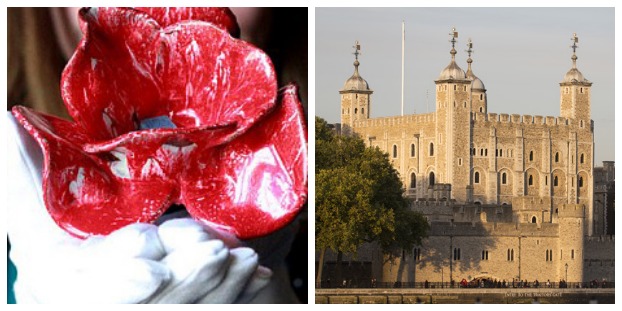
The 16 acres of the Tower of London moat will turn scarlet this August, planted with 888,246 ceramic poppies (example shown above) in memory of the British and Commonwealth dead of the First World War. The poppies are being created by the ceramic artist Paul Cummins, inspired by a line in the will of a Derbyshire man who joined up in the earliest days of the war and died in Flanders: "The blood-swept lands and seas of red, where angels fear to tread." As at the Menin Gate, the sounds of "Last Post" will be heard each evening at the Tower.
See Our Centennial Section Below for an American Red Poppy Project
|
|
Centennial Headline of the month
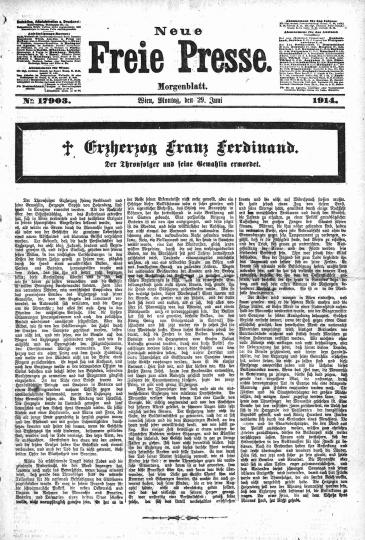
Austrian newspaper Neue Freie Presse with a headline "Archduke Franz Ferdinand the Heir to the Throne and His Wife Murdered" on June 29, 1914. (Courtesy of the National WWI Museum)

Sarajevo, June 1914
This month we will begin presenting Internet features that provide background and freshly uncovered details about the biggest Centennial events of 100 years previous. Here is a selection of interesting websites on the assassination of the Archduke and the surrounding events.
 The Origins of the Black Hand
The Origins of the Black Hand
 The Rise and Fall of Colonel Dragutin Dimitrijevic, (a.k.a. Apis)
The Rise and Fall of Colonel Dragutin Dimitrijevic, (a.k.a. Apis)
 Searching for Gavrilo Princip (PDF Download)
Searching for Gavrilo Princip (PDF Download)
 The Assassination: Essential Details
The Assassination: Essential Details
 Two Eyewitness Accounts of the Assassination
Two Eyewitness Accounts of the Assassination
 The Real Franz Ferdinand
The Real Franz Ferdinand
 Riots and Reaction to the Assassination Riots and Reaction to the Assassination
 Commemorating the Assassination Site
Commemorating the Assassination Site

Who Is This Notable WWI Officer?
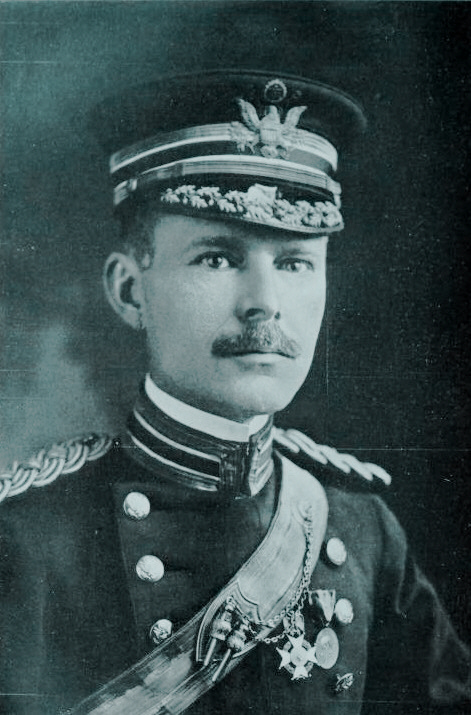
Clues: He invented Multiplexing, which enables a telephone line to carry more than one signal, each with a different wave length, thereby enabling higher traffic. This allowed the U.S. Army in France to use Morse code and voice communication over the same copper wire. The French could not do this. Multiplexing is also essential to modern communications via the Internet, where copper and glass cables are used for voice and data transfers. He also invented elevator music, i.e. music piped in using telephone lines for elevators, hotels and stores.
Video at the Michigan's WW1 Centennial Project
Answer below.

Oppressed by the vulnerability of of its domestic structure in an age of nationalism, the polyglot Austro-Hungarian empire insisted on a generalized right of interference to defeat social unrest where it occurred. Because Britain was threatened only if Europe fell under the domination of a single power, Castlereagh was primarily concerned with constructing a balance of forces. Because the balance of power only limits the scope of aggression but does not prevent it, Metternich sought to buttress the equilibrium by developing a doctrine of legitimacy and establishing himself as its custodian.
Each failed as he succeeded: Castlereagh in making Britain a permanent part of the concert of Europe; Metternich in preserving the principle of legitimacy he had striven so hard to establish. But their achievements were not inconsiderable: a period of peace lasting almost a hundred years, a stability so pervasive that it may have contributed to disaster. For in the long interval of peace the sense of the tragic was lost; it was forgotten that states could die, that upheavals could be irretrievable, that fear could become the means of social cohesion.
The hysteria of joy which swept over Europe at the outbreak of the First World War was the symptom of a fatuous age, but also of a secure one. It revealed a millennial faith; a hope for a world which had all the blessings of the Edwardian age made all the more agreeable by the absence of armament races and of the fear of war. What minister who declared war in August 1914, would not have recoiled with horror had he known the shape of the world in 1918, not to speak of the present? One who had such an intuition and did so recoil was, of course, the British Foreign Secretary, Lord Grey.
That such a world was inconceivable in 1914 is a testimony to the work of the statesmen with whom this book deals.
Henry Kissinger, A World Restored: Metternich, Castlereagh, and the Problems of Peace 1812-1822
|

|

U.S. Centennial Organizations & Resources
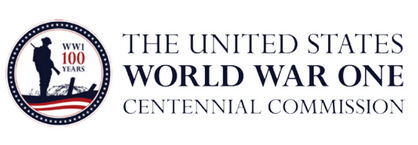
worldwar-1centennial.org/
|
Reminder: U.S. Centennial Commission Conference & Trade Fair on 14 June 2014 Washington, DC
As we have previously announced, the United States World War One Centennial Commission will be holding information-sharing and networking event at 1:30-5:00 p.m. EDT at the offices of Jones Day, 300 New Jersey Avenue, N.W., Washington, DC 2001. All are welcome but advance registration is required. You can RSVP to rsvp@worldwar1centennial.org
if you intend to attend this event.
I will be attending and presenting information on my Centennial-oriented publications and travel activities and well as a new World War I Centennial Project I will be launching soon. Please say hello if you are able to attend.
Lafayette Escadrille Memorial Restoration Project Underway
A highly visible and exciting project that we announced back in March is now well under way. Please consider supporting and contributing to the effort to restore the magnificent Lafayette Escadrille Project outside of Paris. As a U.S. Air Force veteran I feel strongly about this project since the Escadrille's combat experience helped the American Air Service make a fast takeoff in the Great War and is still considered part of the Air Force's heritage.
Raoul Lufbery, James McConnell, Norman Prince of
The Lafayette Escadrille
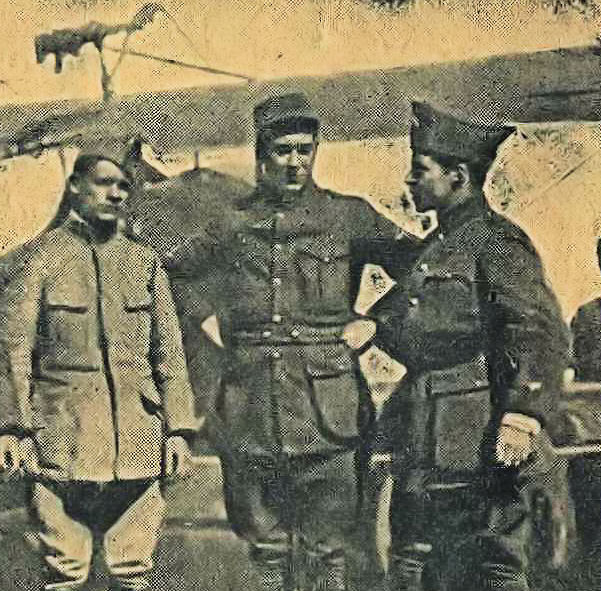
Click on Image to Download the Brochure on the Project
WWI Memorial Inventory Project
Gathers Steam
Mark Levitch at the World War I Memorial Inventory Project has unlocked some door in Media Land. He is getting some great publicity for his important project — check out these articles at the Centenary News feed and the History Channel Website. Also, check out the project's nifty new icon. This is another Centennial project we are encouraging, and so we are very happy about Mark's success. Here is one Doughboy monument we have recommended for the inventory.
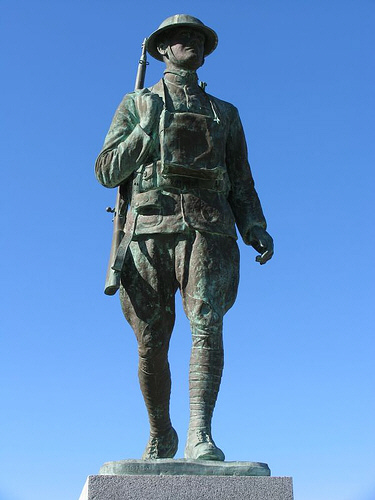
Marin County Civic Center, California
North Carolina's Red Poppy Project

Red Poppies Alongside I-77 in North Carolina
As part of its wildflower program, the State of North Carolina is planning to plant its major interstate highway medians with concentrations of poppies and appropriate WWI signage in 2017-2018. Millions of motorists pass these highways yearly.
Let Us Help Publicize Your Local WWI Events & Research!
(Email the Editor)
|
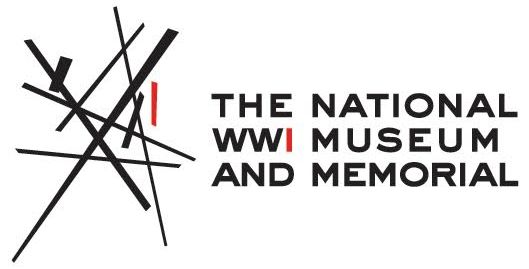
theworldwar.org/
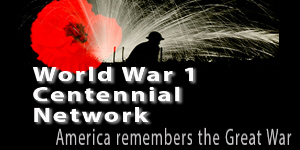
www.ww1-centennial.org/

history.army.mil/
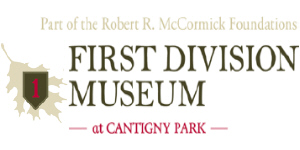
www.firstdivisionmuseum.org/

www.abmc.gov/
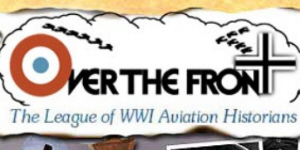
www.overthefront.com/

www.nationalmuseum.af.mil/
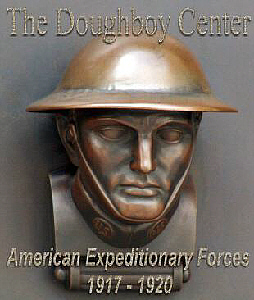
www.worldwar1.com/dbc/
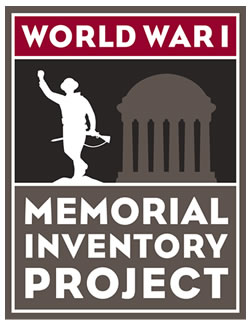
wwi-inventory.org/

wisconsinhistory.org/

www.uswarmemorials.org/
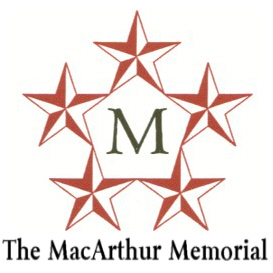
www.macarthurmemorial.org/
|
|

June 1914
Naval Review at Kiel
Nothing quite captures the unthinkability for Europeans of the disastrous war that was about to engulf them than the German-British joint naval review under way at Kiel at the time of the assassination in Sarajevo. American correspondent Frederic Wile later wrote of the event, "By that occult agency which determines with diabolical delight the irony of fate, it was ordained that Kiel, 1914, should be the occasion of a spectacular Anglo-German love-feast, with a squadron of British super-dreadnoughts anchored in the midst of the peaceful German Armada as a sign to all the world of the nonexplosive warmth of English-German 'relations'."
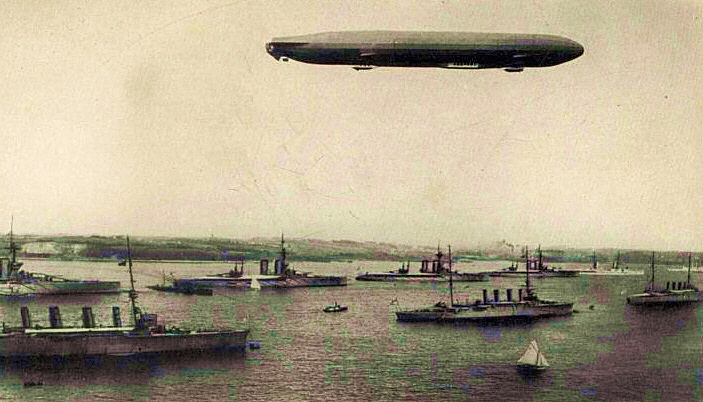
German Navy Zeppelin Overflies the Royal Naval Squadron at Kiel, June 1914
In his ground breaking work on the outbreak of war, Dance of the Furies, Michael Neiberg nicely captures the sincerety of the good feelings and fellowship that surrounded the event.
A Study of How
Unlikely War Seemed
to the People of
Europe in 1914.
(Highly Recommended)
|
|
The week, which had begun on 24 June, showed no signs whatsoever of tension between the British and German fleets. . . the Kaiser had boarded a British warship wearing a British admiral's uniform, an honor that came from a title given to him by his grandmother, Queen Victoria. Sailors from the two nations entertained one another with drinking, dancing, boxing, and a "boisterous Saturday night which melted into the Sunday of Sarajevo." . . .It seemed all hints of the Anglo-German naval rivalry of previous years had disappeared.
The assassination cast a temporary air of "gloom and foreboding" over the celebrations at Kiel, but it did not dampen the friendship between the English and the Germans. Men in both navies spoke enthusiastically about rumors that the Royal Navy would soon repay the hospitality of the new German friends. The assassination had created consequences at Fleet Week no graver than the cancellation of a few parties. One observer with close connections in both countries noted [later], "I am quite sure not a soul of us held himself capable of imagining that, because of that remote felony, Great Britain and Germany would be at war five weeks later."
|
|

2015 Centennial Battlefield Tour Program Announced!
Seats Still Availble for 2014 "Miracle of the Marne" Trip
My parent company, Valor Tours, Ltd., has just released its 2015 Centennial Battlefield tour program. The schedule will includes:
1) A 100th Anniversary of Gallipoli Tour during the Anzac Day celebrations to be conducted in collaboration with Mat McLachlan Battlefield Tours of Australia;
2) A Western Front Tour 2-10 May led by me that will cover the 1914 and 1915 Battles North of Paris, including: the Aisne & the Race to the Sea, the Siege of Antwerp, the First and Second Battles of Ypres, the Christmas Truce, and the French and British Battles in Artois; and
3) A second Western Front Tour led by myself 15-23 August that will cover the Western Front Battles of 1914 and 1915 East of Paris in the Chemin des Dames, Champagne, Argonne, and St. Mihiel sectors, PLUS the American Battlefields of 1918 at Château-Thierry, Blanc Mont, St. Mihiel and the Meuse-Argonne.
Also, we still have room for you in this year's Miracle of the Marne in-depth look at the most important single battle of the war, scheduled to begin 30 August, so please contact us soon if you would like to join us.

Click on Image to Send Email
|
|
|

|

The Short Destructive Life of "Dicke Bertha"
Contributed by
Marc Romanych
|
In the first days of World War I, Germany unveiled a secret weapon — the 42cm M-Gerät siege gun. The howitzer was a mobile fort killer purposely designed to destroy Belgian and French fortifications that could either block the advance of field armies or tie forces down in protracted sieges. To the Allies, who had no similar weapon, the existence and destructive power of the howitzer was a shocking surprise.
When war was declared, the German Army had only two M-Gerät howitzers. Upon mobilization, both were rushed to Liège where they easily demolished two forts — Pontisse and Loncin — and brought the siege to a quick end. Jubilant over the success of the howitzers, the crews nicknamed them "Dicke Bertha" (in English, "Big or Fat Bertha") after the owner of the armament works that built the howitzers.
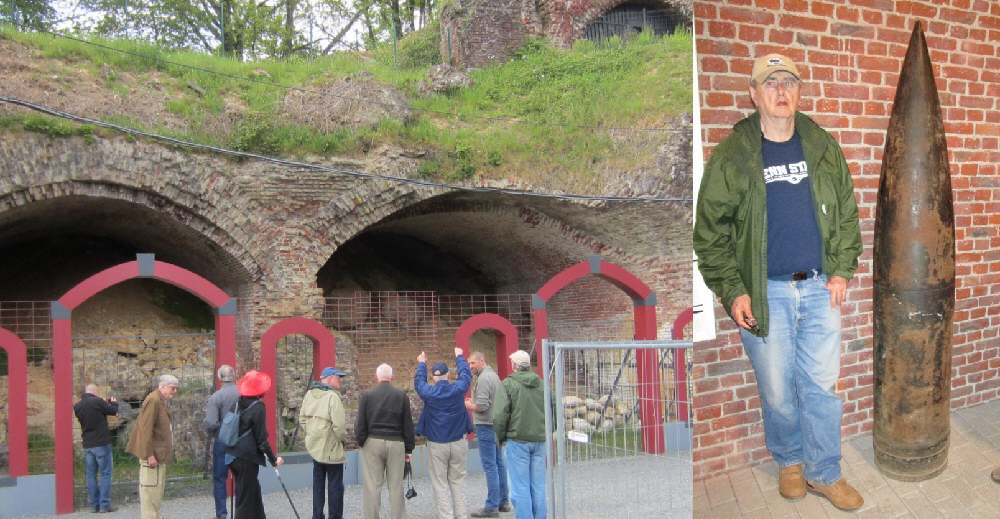
Target: Fort de Leveau, Maubeuge
Left: Two Barracks of the Fort Destroyed by a Single Shell (Former Door Frames Shown)
Your Editor with an Unexploded Big Bertha Shell that Hit the Fort in 1914
The Big Berthas then moved on to Namur where they met up with eight mobile Austrian Skoda M.11 30.5cm mortars. Under intense fire from the siege guns, the forts fell like dominos and the fortress surrendered in just five days. During the bombardment the two M-Gerät howitzers proved more effective than the eight Skoda mortars; having fired fewer rounds (126 versus 573) to destroy as many forts. However, to protect the secrecy of the M-Gerät howitzers, the Skoda mortars were given credit for destroying the fortress.
Next, came the French fortress of Maubeuge. There, the Big Berthas and Skoda mortars were joined by several rail-transportable German 30.5cm Beta and 42cm Gamma guns which had been delayed in route by sabotaged railroads. Despite the great number of siege guns, ammunition shortages limited the intensity of the bombardment and ten days were needed to reduce the fortress and force its surrender.
The final siege for 1914 was at Antwerp. Declared the strongest fortress in Europe, it fell in twelve days. The siege artillery, led by the mobile Big Berthas and Skoda mortars, relentlessly pounded several forts into rubble, opening a gap in the fortress ring. The Belgians conducted an aggressive defense, but the siege guns were unstoppable, and as more forts were destroyed, Belgian forces and British naval infantry abandoned the fortress. The rapid fall of Antwerp was attributed, by both Germans and Allies, to the devastating firepower of the 42cm M-Gerät and Gamma howitzers which were responsible for destroying most of the forts.
Read More In
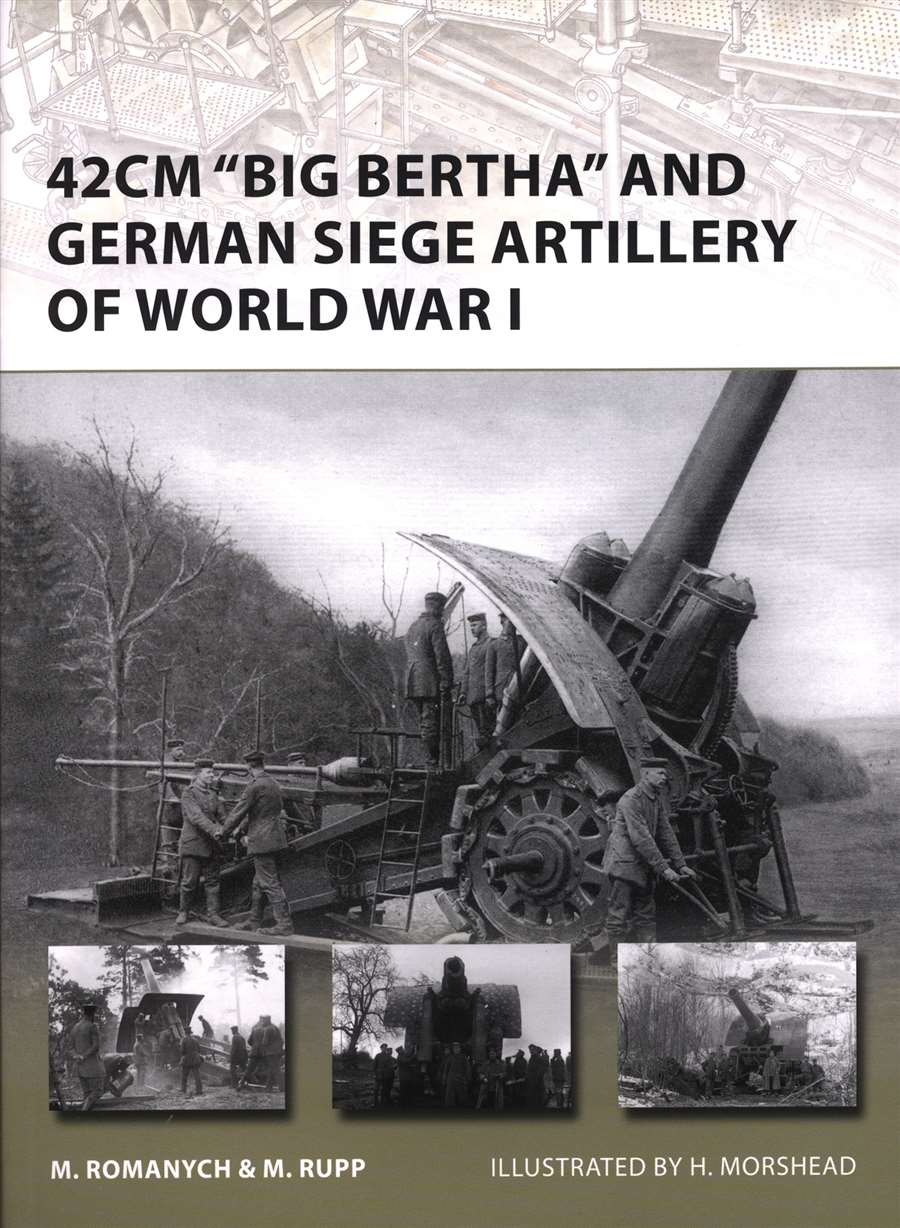

In 1915, Big Bertha and the other siege guns repeated their feats of destruction on the Eastern Front at Przemysl, Kovno, and Novogeorgievsk. But on the Western Front, the importance of the big guns waned with the spread of trench warfare until, at Verdun in 1916, the German siege artillery had its swan song. There, despite their large numbers, the siege guns failed to destroy the main French forts, which were more modern than the Belgian forts of 1914.
The era of the siege gun had passed, and although they continued to operate on the both the Western and Eastern Fronts, little was heard of Big Bertha in the last years of the war.
|
|
|

A Forgotten Contributor to Victory:
General Tasker Bliss
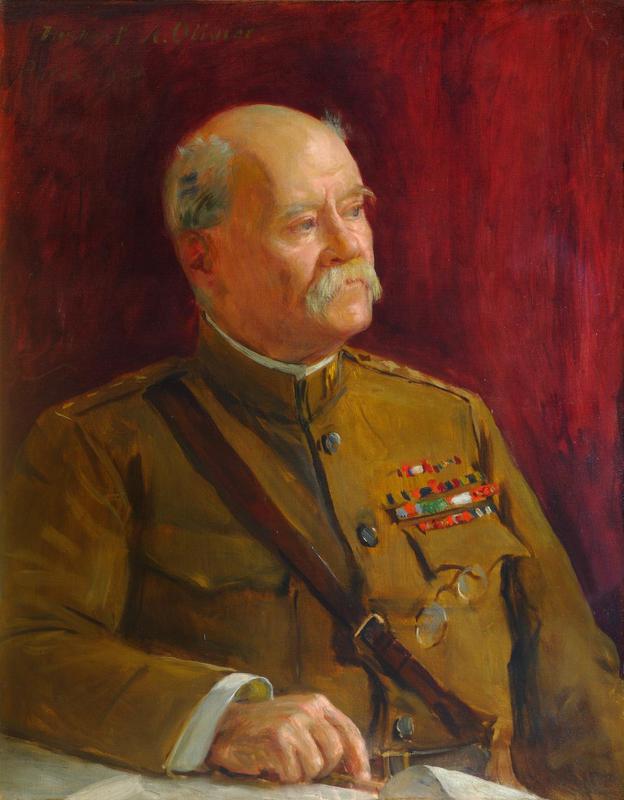
General Tasker H. Bliss |
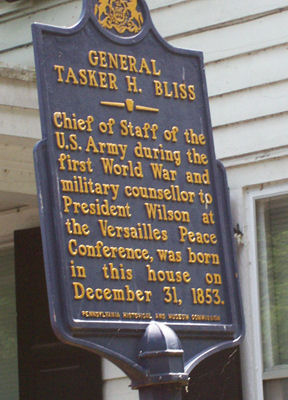 Birthplace - Lewisburg, PA
|
Born at Lewisburg, Pennsylvania, 31 Dec. 1853, General Tasker Bliss served for more than 42 years in the American Army, participating in four campaigns, and reaching the rank of general and serving as Chief of Staff and Commanding General of the Army.
Before America's entry into the Great War he served mainly in staff and school assignments. At the outbreak of the Spanish-American War, he was Military Attache in Madrid. He returned to participate in that war in both Cuba and Puerto Rico and later was Department Commander of the Philippines. He was appointed Chief of Staff of the Army shortly after the declaration of war, but by the end of 1917 he had reached the mandatory retirement age of 64.
Bliss was kept on active duty by order of President Woodrow Wilson and sent to France where he served as U.S. Military Representative to the Allied Supreme War Council. Later he was selected by President Wilson to be one of five American delegates to the Versailles Peace Conference. He was very supportive of the President and afterwards spoke in favor of the League of Nations and disarmament for all to avoid future wars. He also served as Governor of the Soldiers Home until 1927 when he finally left active service.
Tasker Bliss died in Washington, DC, on 9 November 1930 and was buried in Section 30 of Arlington National Cemetery, where he lies among other family members.
Sources: Arlington Cemetery Website, Imperial War Museum, Nelle Rote
|
|
Our mystery officer is Major General George Owen Squier. Thanks to our friend Dennis Skupinski for the heads-up.
Thanks to each and every one of you who has contributed material for this issue. Until June, your editor, Mike Hanlon. |
|
 (Or send it to a friend)
(Or send it to a friend)
|
Design by Shannon Niel
Content © Michael E. Hanlon
|
|
|











